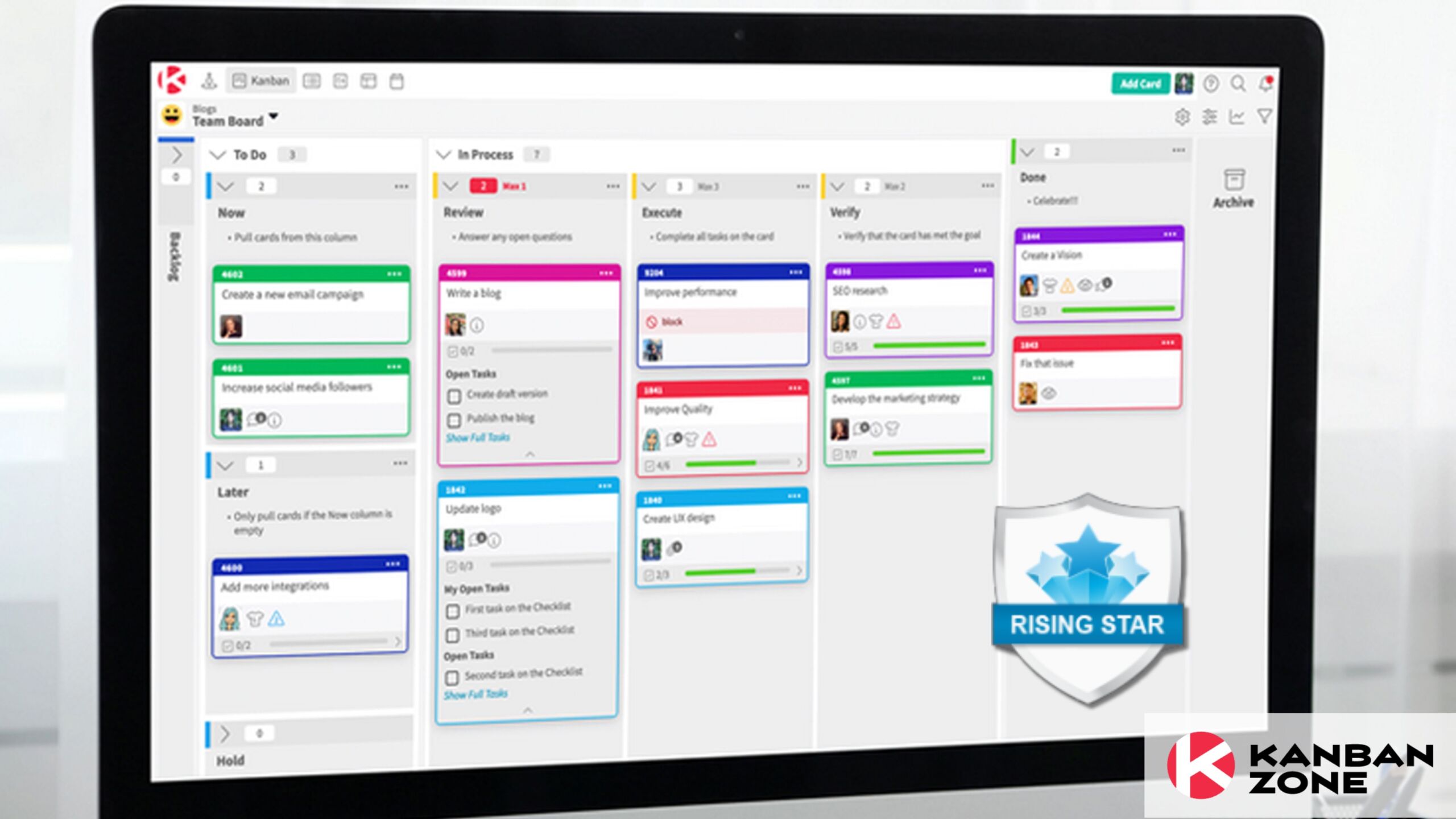
If you had to choose between a great business strategy or excellent performance, which one would you choose?
Most people would answer ‘both’. But you need to make a choice. Because strategy is about making choices. Choices that determine where and how to act to maximize long-term value. Performance, on the other hand, is about producing results in the context of those choices (your strategy). Meaning, you need a good strategy to have good performance. But it isn’t enough to ensure you’ll win. In fact, performance relies on your ability to connect strategy and performance on every level.
However, many companies that put a lot of effort into strategy development have very little to show for it. Yet, high-performing companies have managed to successfully connect strategy and performance through better planning and execution.
So what are the most common causes for the strategy-to-performance disconnect? Is it poor planning, bad execution, both, or neither? And what can businesses do to overcome these problems?
The Strategy to Performance Gap
Most people agree that you can’t achieve good results if you don’t have good execution. And good strategy alone is not a guarantee for success either. But this doesn’t mean that performance is more important than strategy. Or that translating strategy into performance is easy. On the contrary, fail to meet the financial projections set in their strategic plans.
And in an attempt to improve performance, they are pressing for better execution when they need to adjust their strategy or vice versa. Often, these efforts result in a waste of time, energy and underperformance.
This disparity between strategy and performance can be attributed to many factors, including breakdowns of communication, poorly formulated plans, limited accountability for results and misapplied resources. The results are the same though, a year after year underperformance relative to plan.
This continued underperformance creates a number of problems. Managers can’t be certain whether their decisions are predictive of actual performance. And they risk creating a disconnect between future decisions and results. Strategy development and resource allocation are separated, and the company’s annual budgets are the main drivers of strategy and long-term investments. And since the business lacks credible financial forecasts, portfolio management gets derailed.
Additionally, after the strategy is approved it is poorly communicated which makes it difficult to translate strategy into specific actions and resource plans. This gets completely unclear at the lower levels of the organization where people don’t know what they need to do, when, nor what resources they will need to deliver results. So the business never materializes the expected results.
As this happens year after year, set plans are expected to remain unfulfilled. No one is held responsible and managers are not even trying to identify actions that would improve performance. Soon this becomes the norm. The gap between strategy and performance turns into a culture of underperformance that over time diminishes the business’ capacity to perform.

Bridging the Gap Between Strategy and Performance
No matter how big the gap between strategy and performance is, management can close it by applying a set of rules and using the right tools. And rather than focusing on improving the strategy and execution planning process separately, businesses should work on both simultaneously so they can create clear links between them.
The first thing businesses need to do to bridge the gap between strategy and performance is to make their strategy simple, yet precise. Moreover, the strategy needs to be based on assumptions that reflect the performance experience of the company relative to competitors and the real economics of their market. By being clear what strategy is and what are the realistic financial results, companies can make a good execution plan that leads everyone in the same direction.
Additionally, applying a framework such as Kanban can be very helpful in tying business strategy and performance together. Kanban allows companies to make not only the upcoming execution plan visible to the whole company but also the strategy. That way, everyone will have a clear view of the task they need to complete and how their work fits in the bigger picture.
More importantly, Kanban can help businesses objectively assess their performance and determine where the issues come from. Enable them to spot problems early on and prevent underperformance altogether.
Strategy and Performance are Not Equal
The bottom line is that strategy and performance are not equal, but both are important for driving superior business results. They are inseparable parts of a single unit and should be managed as such. While having a good strategy is important for good performance, it’s your ability to connect your main goals with execution that brings results.
For many businesses, it can be tempting to over-emphasize the focus on strategy while underestimating the power of performance, or vice versa. And in doing so, they might wind up like a hamster on a wheel – running hard while staying in the same place.
When your business is not performing as expected, you should take a look at both, your execution and your strategy. Performance is hard, but if the strategy is wrong, at best, it’s not worth the effort. So you must work on improving your strategy and helping your most important stakeholders understand it. While it may be hard, it’s worth the effort. Deciding on the right strategy may hold the key to unlocking better performance.
Learn to Work Smarter, Not Harder!
Get our top articles weekly.
Table Of Contents
Discover many more posts…







